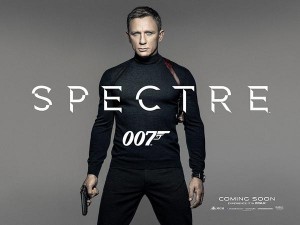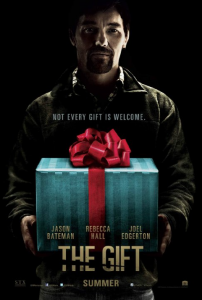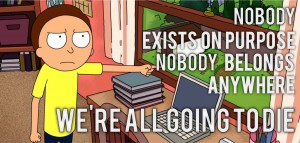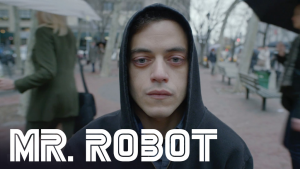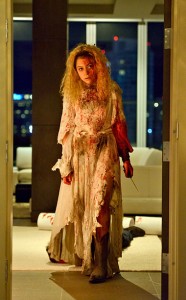Shared Universes are Weak Sauce
The Internet, as always an individual reality with only a tangential relationship to actual reality (which is not, let me finish, a bad thing, just an observed fact) has been buzzing recently about Jessica Jones, the new Netflix series offering from Marvel, following in the steps of the dour, glacially-paced and thoroughly, thoroughly overrated Daredevil (and I will fight anyone who disagrees with me).
I haven’t watched it yet, because I am old and slow. I plan to, if only because of the praise the show is getting. And it does sound interesting to a guy like me who has never owned, read, or paid any attention to comic books. The villain, a mind-controller known as Kilgrave or The Purple Man depending on how dramatic you’re trying to be, sounds really creepy and evil and thus well worth watching a narrative about his (hopeful) downfall.
Ah, but see, now we hit the snag, don’t we? Because it’s a shared universe. In Daredevil they peppered in references to the larger Marvel Universe, with New York City recovering from the last time the Avengers showed up and other references. So, Jessica Jones exists in the same universe as Iron Man, Thor, and Hulk. Which means anyone watching the show might wonder: Why in the world don’t we just call The Avengers?
The Infinity Problem
Don’t get me wrong; I’ll still check out Jessica Jones and I may even enjoy it! But the problem, from an annoying writer’s point of view, remains: You have created these super powerful beings. Your story exists in that universe. Why can’t they help? Why does no one even try? I mean, when the bad guys show up and you desperately try to call Iron Man and all you get are increasingly annoying voicemail greetings from Tony Stark, okay, that makes sense. But why does no one try?
I mean, as has been mentioned elsewhere on The Internet, the Marvel universe has established that there are superpowered autonomous robots everywhere. We’ve already seen Ultron, and Stark’s Iron Man suits that can be remote controlled by JARVIS — so, The Purple Man shows up mind-controlling everyone, why not sic a few superpowered robots on him?
Sure, there are likely storytelling explanations for this. And yes, that would make most of these stories suck in a very Somers Way:
People: ERMAGERD! DRAGONS ARE BURNING NEW YORK TO THE —
Avengers: Here we are to save the day!
People: Never mind.
THE END
So yes, stipulated: Actually thinking about this stuff logically is boring and mean and annoying. We’re not here to approach superhero stories scientifically! We’re here to be entertained!
And yet, it’s a problem. Once you create a powerful being in a universe, you are stuck with that being, and stuck with explaining how they are defeated and controlled — and if they are not defeated and controlled (as most superhero failures are temporary plot points at best) then you have to explain why they don’t just solve every problem in the world, eventually. Sure, the Avengers can’t be everywhere at once, but they’re also not the only superheroes out there. It reduces all of your villains and monsters to mere annoyances, or forces the viewer/reader to wonder why in the world we’re wasting time throwing lesser superheroes against the Big Bad, when someone else would likely destroy them easily.
Too Many Cooks
This is a problem nearly unique to shared universes, where multiple creatives are spinning new tales, inventing new characters and new rules all the time. In a smaller-scale universe a single author might get themselves into trouble by creating a godlike character or two, but this can be handled because they are in total, godlike control. In a shared universe it’s nearly impossible. You can’t, for example, announce that the Avengers are all dead in Jessica Jones, because that kind of upsets all the people looking forward to the next Avengers film or future comic books. You also can’t really pretend that superpowered robots that would be immune from mind-control are impossible, because we’ve already seen them.
All you can do is ignore them, and have your characters ignore them, which makes them seem kind of dimwitted, but that’s okay. I do dimwitted things all the time. I have little doubt that if I became embroiled in a war against a superpowered villain, I would — well, let’s be honest: I would be dead almost immediately. But if I managed to survive, I’d at least try to get The Hulk or someone — even Ant Man, or the weird guy with no powers but the jetpack-like wings — to help me.


